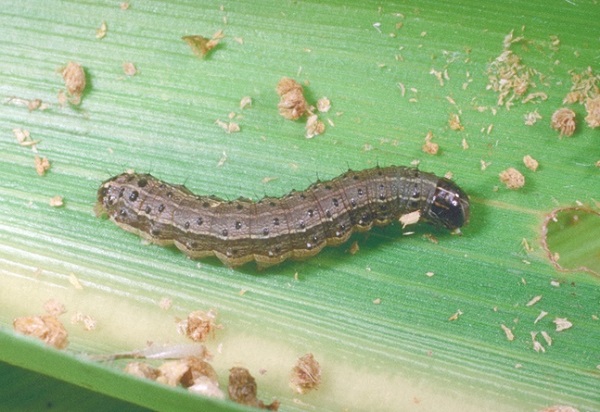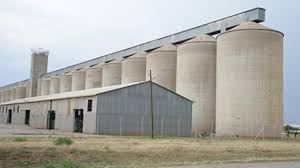Cotton growers to be paid exclusively in USD
COTTON growers will, for this marketing season, be paid exclusively in United States dollars (US$), with Grade D pegged at US$0,30 per kilogramme.
After grading, farmers will receive top-up payments, with Grade C fetching US$0,34, Grade B at US$0,37, and the highest-paying Grade A at US$0,41 per kilogramme.
This development comes amid calls from growers for a cost-plus pricing model, which they argue would be more viable than the current arrangement.
Zimbabwe Farmers Union (ZFU) Secretary-General, Mr Paul Zakariya, said the existing profit-and-loss pricing model tends to transfer the inefficiencies of ginners onto producers.
“As the farming community, we would have been happier if the price had been pegged above last year’s base price of US$0,32 per kilogramme. Considering the producer price of seed cotton this year, we need to revisit the model we use to negotiate, as this profit-and-loss sharing model is not working for the farmer,” he said.
Mr Zakariya said that farmers are unfairly bearing the brunt of inefficiencies within the ginning sector.
“We advocate for a cost-plus pricing model where farmers’ production costs are considered, and then a mark-up is negotiated,” he said.
Cost-plus pricing is a strategy in which the selling price of a product is determined by adding an agreed percentage mark-up to the unit cost of production. In contrast, the profit-and-loss model sets prices based on market viability, often prioritising the profitability of ginners.
ZFU has expressed concern that, despite the introduction of a grade-based pricing system, farmers have not benefited from the price differentials.
“The Grade D price paid at the Common Buying Point (CBP) is the final price a farmer receives, with no top-ups for higher grades. We want farmers to receive a voucher indicating their cotton grades to incentivise the production of quality crops,” Mr Zakariya said.
Zimbabwe National Farmers Union (ZNFU) President, Mrs Monica Chinamasa, echoed the sentiment, stating that production costs should be the basis for determining cotton prices.
“ZNFU wants production costs to be used in establishing a fair price for the crop,” she said.
Zimbabwe Commercial Farmers Union (ZCFU) Cotton Commodity Chairperson, Mr Clemence Gondo, suggested that a contract system — where merchants compete on price — would be more beneficial for farmers. Local cotton expert, Mr Justice Mupotsa, called for a sector-wide rethink to revitalise cotton production and improve the capacity utilisation of local ginneries.
“We need to reconsider how we reward farmers. According to the world market price, the announced Grade A price of US$0,41 is justifiable and should be applied across all cotton grades this season,” he said.
Farmers have also expressed the need for a price review to ensure they can break even. Many growers reported paying cotton pickers US$1 per 20kg, meaning a 200kg bale costs US$10 in labour alone.
With a payout of US$60 for the same quantity, and additional transport costs of US$5 from the field to the homestead and another US$5 to the CBP, the farmer is left with just US$30 — before accounting for other ancillary expenses.
Cotton remains a major source of livelihood for approximately two million people in Zimbabwe. The crop plays a vital role in income generation, employment creation, and foreign currency earnings. It also provides raw materials for oil expression, knitting, spinning, weaving, and stockfeed industries.
Environmentally, cotton contributes to carbon sequestration, absorbing 150 times more carbon dioxide than it emits. Conservation tillage practices under the Pfumvudza/Intwasa programme further enhance this benefit.
Zimbabwe is projecting cotton production of 63 000 tonnes this year — a significant increase from last year’s 13 000 tonnes, which was severely affected by an El Niño-induced drought.-hrald











